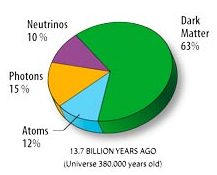 Sourcing talent via social media requires an entirely different mindset than sourcing with other forms of human capital data, such as resumes/CV’s, employee directories, conference attendee lists, etc.
Sourcing talent via social media requires an entirely different mindset than sourcing with other forms of human capital data, such as resumes/CV’s, employee directories, conference attendee lists, etc.
Back in early 2009, one of only 2 guest posts ever co-written on my site was published on the topic of non-standard descriptors and the role they play in social media. Valerie Scarsellato was a Sr. Sourcer at Intel Corporation at the time when she put together the framework for the original article on sourcing via social media, and she has now moved into a Segment Marketing Specialist role at Intel and is loving it. For those of you who feel that employer marketing/branding/communications is a logical extension of sourcing, Valerie would wholeheartedly agree with you – check out this video in which she discussed her award winning _codehearted; work for Intel.
Now that nearly 2 years has passed since the Searching Social Media Requires Outside-the-box Thinking article was published, social media usage has continued to explode – monthly visitors to LinkedIn and Facebook have doubled, they’ve nearly quadrupled for Twitter , and we now have Google+, Pinterest and others springing on the scene, making the topic even more relevant today. As such, I wanted to rework the original piece and update it with a few more examples.
The primary challenge when leveraging social media for sourcing talent is that nonstandard terminology is prevalent – it’s generally acceptable to use slang and other verbiage that would otherwise never be found on a resume, even when it comes to describing one’s profession.
If you use the same query terms when sourcing LinkedIn, Facebook, Twitter, etc. as you would when searching for resumes, you will certainly find people. However, you will also exclude a decent portion of the available results, unknowingly relegating them to Dark Matter and otherwise undiscovered talent. This is because you can only retrieve what you explicitly search for. Continue reading

